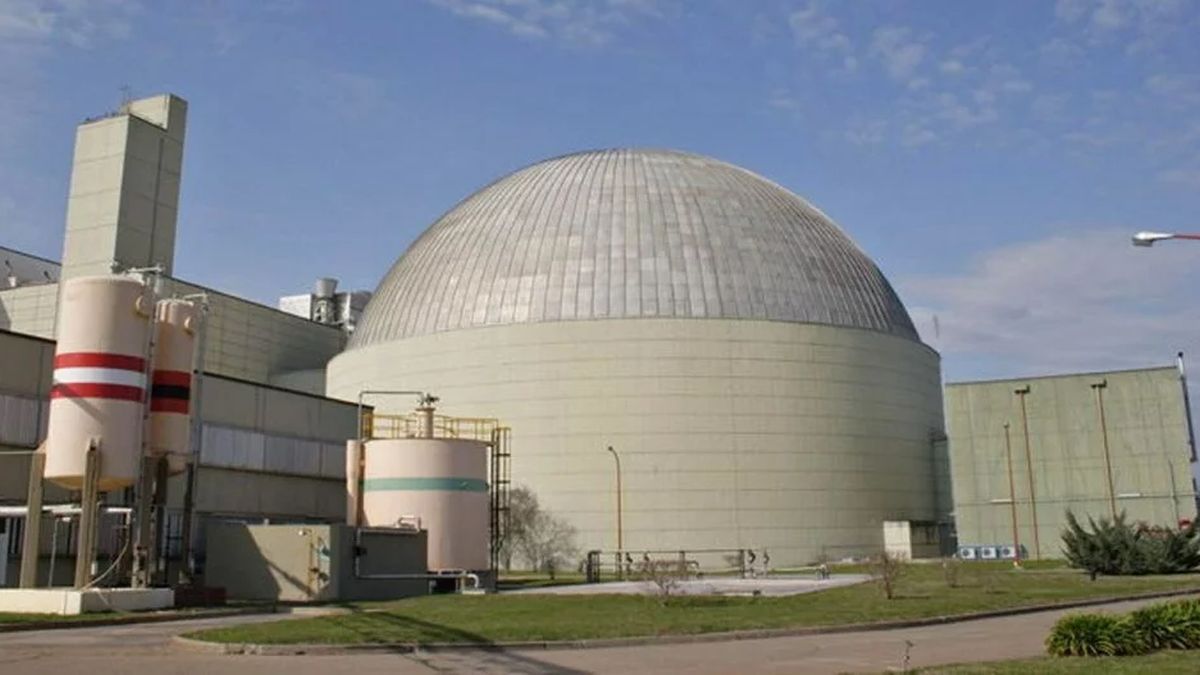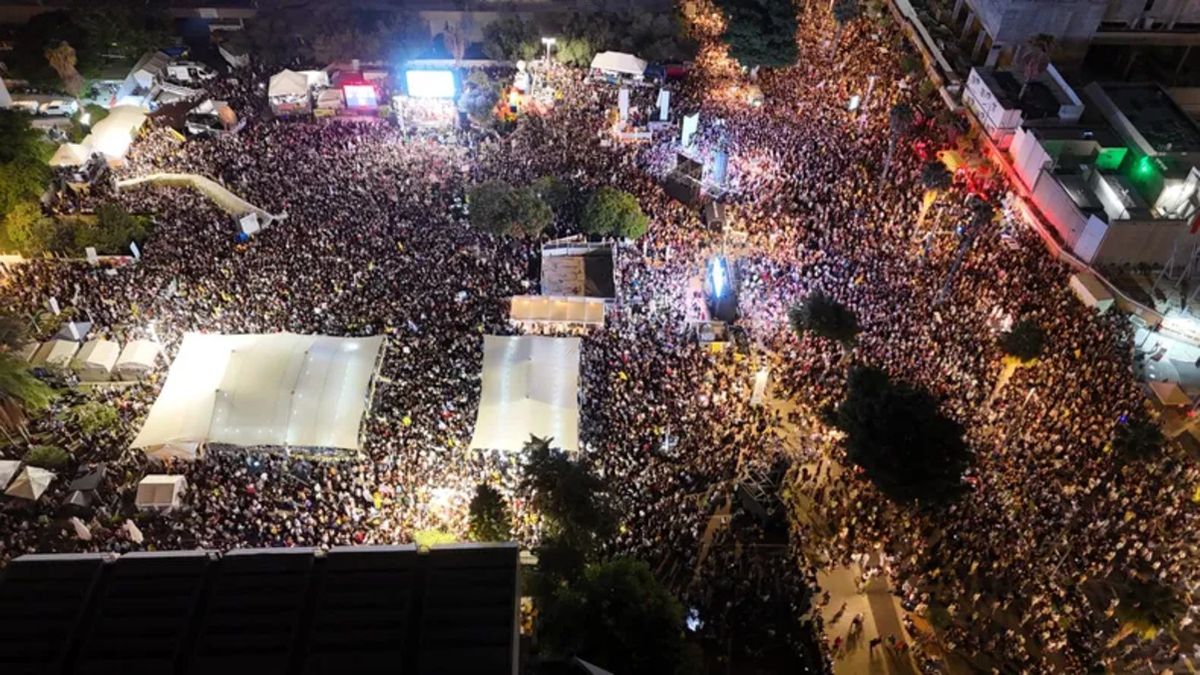The Government promotes the partial privatization of Nucleoelectrica Argentina SA. (NA-SA), a surplus and strategic state company that operates Atucha I, Atucha II and Embalse. The operation is presented as “reform,” but in fact it weakens technological sovereignty and dismantles decades of Argentine nuclear development.
A plan that advances in sales key
Since the arrival of Demian Reidel to the presidency of NA-SA, with the presentation of his new “Nuclear Plan”, different specialized sectors warned that the strategy was advancing in terms of control to facilitate the sale of part of the nuclear assets. The sequence is clear: announcement of four small modular reactors (SMR) on land adjacent to Atucha; paralysis of CAREM—the first entirely Argentine power reactor—; layoffs of key managers who ensured effective controls; and, finally, Decree 695/2025 that enables bidding for 44% of NA-SA and reserving another 5% for a Participated Ownership Program.
The practical result is not to strengthen security of supply or technological sovereignty, but to prepare the company for partial disposal.
Privatize at the top: sell a surplus company
NA-SA operates the country’s three nuclear power plants with excellence, and in 2024 it reached a historical generation record: 10,449,015 MWh and a load factor of 73.3%. Furthermore, in the first quarter of 2025 it recorded a surplus of $17,234 million.
Privatization at its best is a terrible public policy practice. Argentina belongs to the select group of countries that dominate nuclear energy for peaceful purposes; Getting rid of a strategic asset at the peak of its productivity means sacrificing predictability and strategy in exchange for a political shortcut.
Who buys 44% without control, with a regulated rate and a stopped plant?
The question is not minor. What serious investor enters at 44% without shareholder control, with rates regulated by the Ministry of Energy and with Atucha I out of service due to the life extension? Even non-statist voices, such as Julián Gadano, pointed out the nonsense: selling without ceding control discourages private interest and, under these conditions, the asset loses attractiveness.
Instead of strengthening governance, rates and investment schedules, a symbolic partial privatization is forced, with terrible timing.
Technological sovereignty vs. pro-market “signals”
NA-SA’s value is not limited to its 1,763 MW installed. Its strength is integrating the Argentine nuclear system: operating and maintaining plants, coordinating with the CNEA, supporting the fuel cycle and strategic projects such as CAREM or heavy water production.
The Argentine Physical Association established institutional position: “Do not privatize NA-SA”for technical, economic and security reasons. It contributes stably to more than 7% of the national electricity matrix and with a minimal carbon footprint.
The reasonable course is not to sell, but to expand nuclear capacity with clear rules that guarantee clean and accessible energy, without converting a strategic asset into a business for a few.
Political conclusion
Selling NA-SA shares today does not improve nuclear policy, make electricity cheaper or secure investments. It is, in the best of cases, a cash gesture that mortgages technological sovereignty and delivers an asset in full maturity.
What is at stake is not just another company: it is the future of Argentine nuclear development. For this reason, Congress and the scientific community have compelling reasons to block this operation and concentrate efforts on what is urgent: completing the life extension of Atucha I and resuming the research and development agenda—CAREM, fuel and heavy water—under public leadership.
National senator for Catamarca
Source: Ambito
David William is a talented author who has made a name for himself in the world of writing. He is a professional author who writes on a wide range of topics, from general interest to opinion news. David is currently working as a writer at 24 hours worlds where he brings his unique perspective and in-depth research to his articles, making them both informative and engaging.




